
Ignoring tumor treatment, woman completely paralyzed, many body parts deformed
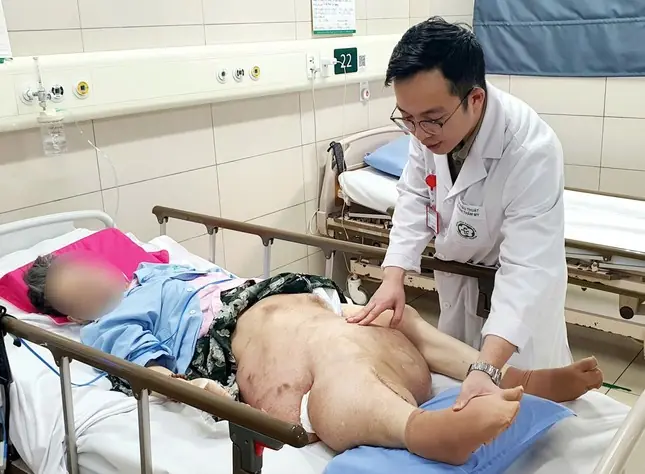
A 78-year-old woman was admitted to the hospital with a massive tumor on her right leg. Over the past three months, the tumor has grown rapidly, causing complete deformation of the right leg, loss of physiological alignment, inflammation with redness, discharge at the pressure area on the back of the lower leg tumor, and loss of mobility.
Neurofibroma is a rare disease. Although it cannot be cured completely, experts recommend early monitoring and intervention to improve the patient’s quality of life.
The patient’s family reported that decades ago, when she was about 40 years old, a neurofibroma appeared on her right buttock and inner thigh. A biopsy confirmed it was benign. The tumor gradually increased in size over time, without pain or abnormal pus discharge.
Eighteen years after the tumor was first detected, the patient underwent tumor removal surgery at Saigon Oncology Hospital. About a year after surgery, the tumor recurred at multiple locations along the groin and right leg surface, but the patient could still walk. The tumor continued to grow, but she did not seek further treatment.
In the past three months, the tumor enlarged rapidly, causing complete deformation of the right leg, loss of physiological alignment, inflammation with redness, discharge at the pressure site on the back of the lower leg tumor, and loss of ability to walk.
At Bach Mai Hospital, doctors assessed that this was a giant neurofibroma originating from the buttock area spreading down to the right thigh and lower leg, causing total leg deformation, loss of right leg function, and loss of physiological alignment. The tumor contained many adjacent nodules, was firm and warmer to the touch than the left leg, with ulcerated areas discharging fluid due to pressure on the back of the right thigh. A similar tumor on the left buttock measured about 20x20 cm. The patient also had anemia and severe hypoalbuminemia.
The hospital held a multidisciplinary consultation and recommended hip disarticulation surgery since the right leg had lost function. Simultaneously, reconstructive surgery was planned to close the stump so the patient could heal and walk with crutches, preventing complications like thrombosis, ulceration, and tumor necrosis. After discussion, the patient’s family decided against surgery to preserve the limb in accordance with the patient’s wishes.
According to Associate Professor Dr. Pham Thi Viet Dung, neurofibroma cannot be completely cured. However, partial surgical removal can minimize the tumor’s impact on the patient’s appearance and mobility. Patients may require multiple surgeries throughout their lifetime depending on tumor growth and effects. Early intervention when the tumor is smaller reduces the risks to the patient. Sometimes, amputating the limb containing the tumor is a solution to free the patient from the giant tumor.
News in the same category


How to Grow Big Gourmet Garlic!

The Night Before Christmas: A Morality

Soil-Free Green Onion Growing Method – Fresh Harvest Every 2 Weeks for 6 Months

Just a Teaspoon: The Miraculous Secret to Make Your Orchid Bloom Abundantly

Papa Panov's Special Christmas

The Vetera
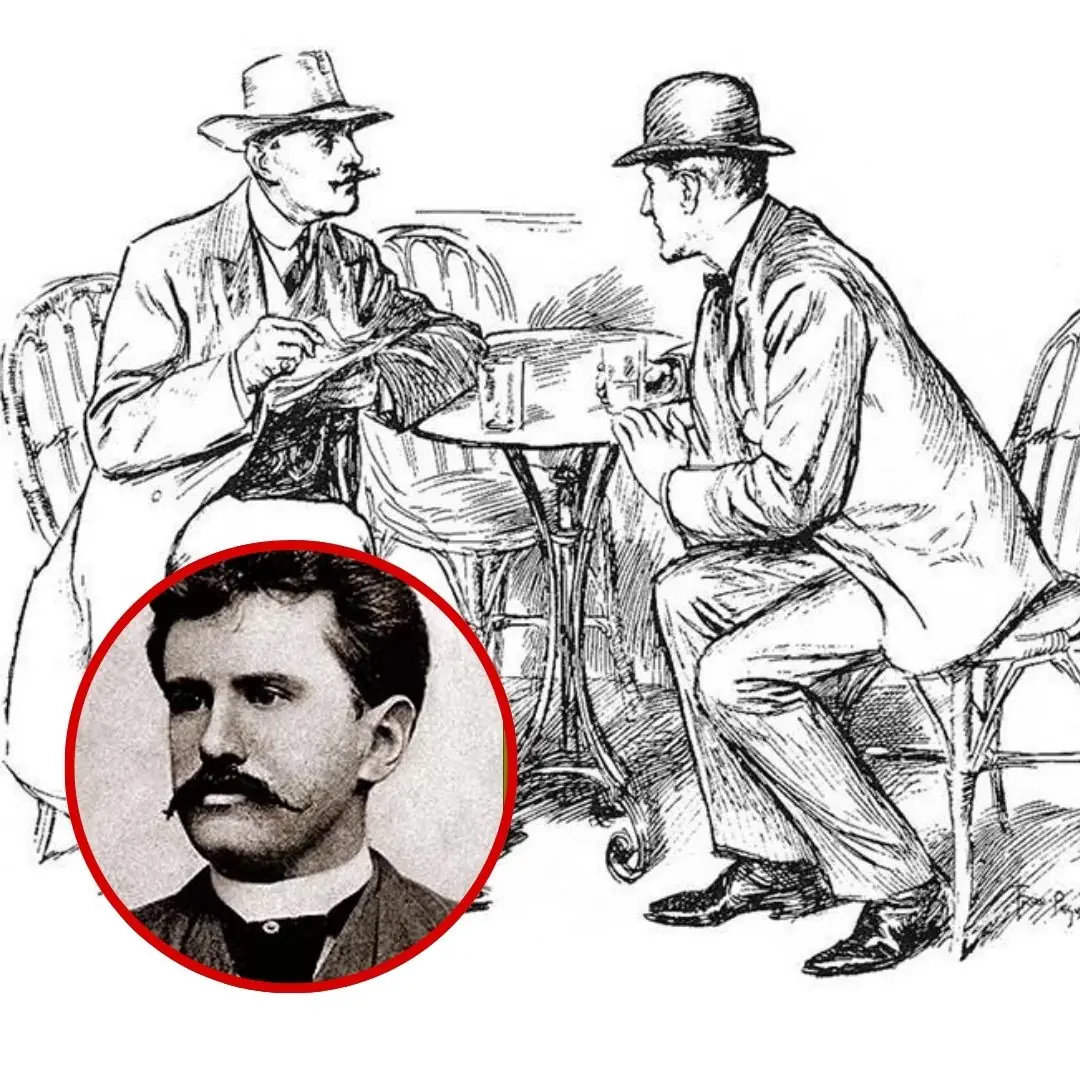
A Cosmopolite in a Cafe
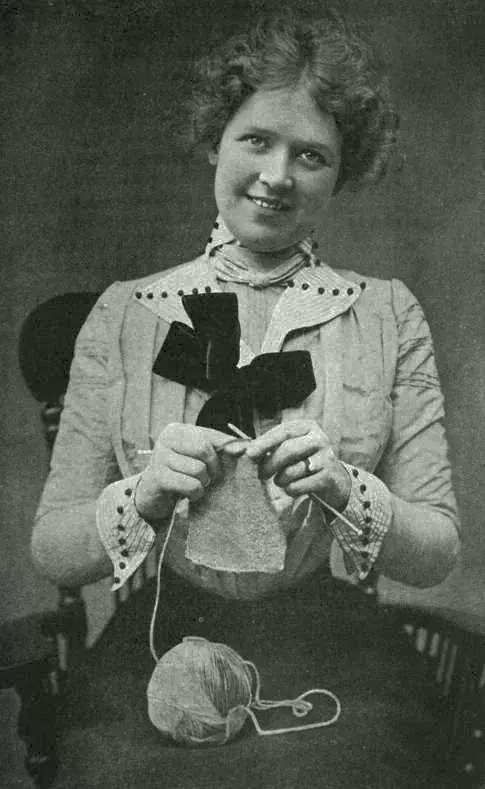
Christmas; or, The Good Fairy

The maid squeezed water from the kitchen rag into the homeowner's drinking water pot

Hemiplegia due to a habit that many men have
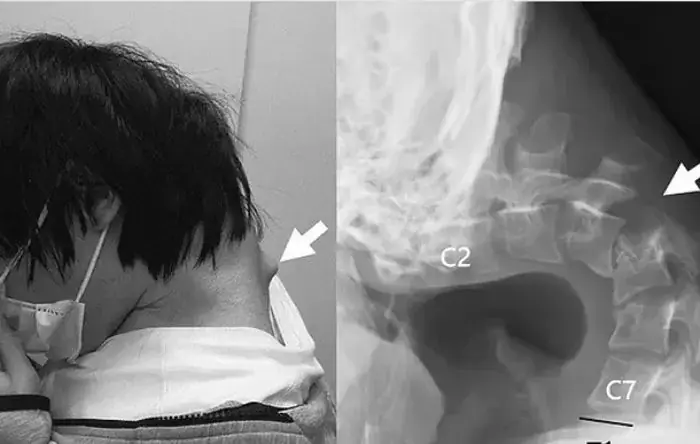
Looking at the phone too much, the young man could not lift his head.

DIY Garden Sprinkler: Easy and Affordable Watering Solution Using Plastic Bottles

Baking Soda is a Gardener’s Best Friend: 10 Clever Uses in the Garden

A Christmas Dream, and How It Came to Be True

Learn How To Grow Cucumbers This Summer

13 Best Tips for Planting and Growing Great Tomatoes

The Storyteller

The Open Window
News Post

The Fastest Method to Propagate Sansevieria: From One Plant to Many

How to Grow Big Gourmet Garlic!

The Night Before Christmas: A Morality

Water and Tea: Which is better?

Soil-Free Green Onion Growing Method – Fresh Harvest Every 2 Weeks for 6 Months

Just a Teaspoon: The Miraculous Secret to Make Your Orchid Bloom Abundantly

How to remove bitterness from cucumber

Surprising uses of rice you should know

Papa Panov's Special Christmas

What are the hidden harmful effects of skipping lunch on your body?

The Vetera

A Cosmopolite in a Cafe

Who is the mother of the boy playing in the picture below?

Christmas; or, The Good Fairy
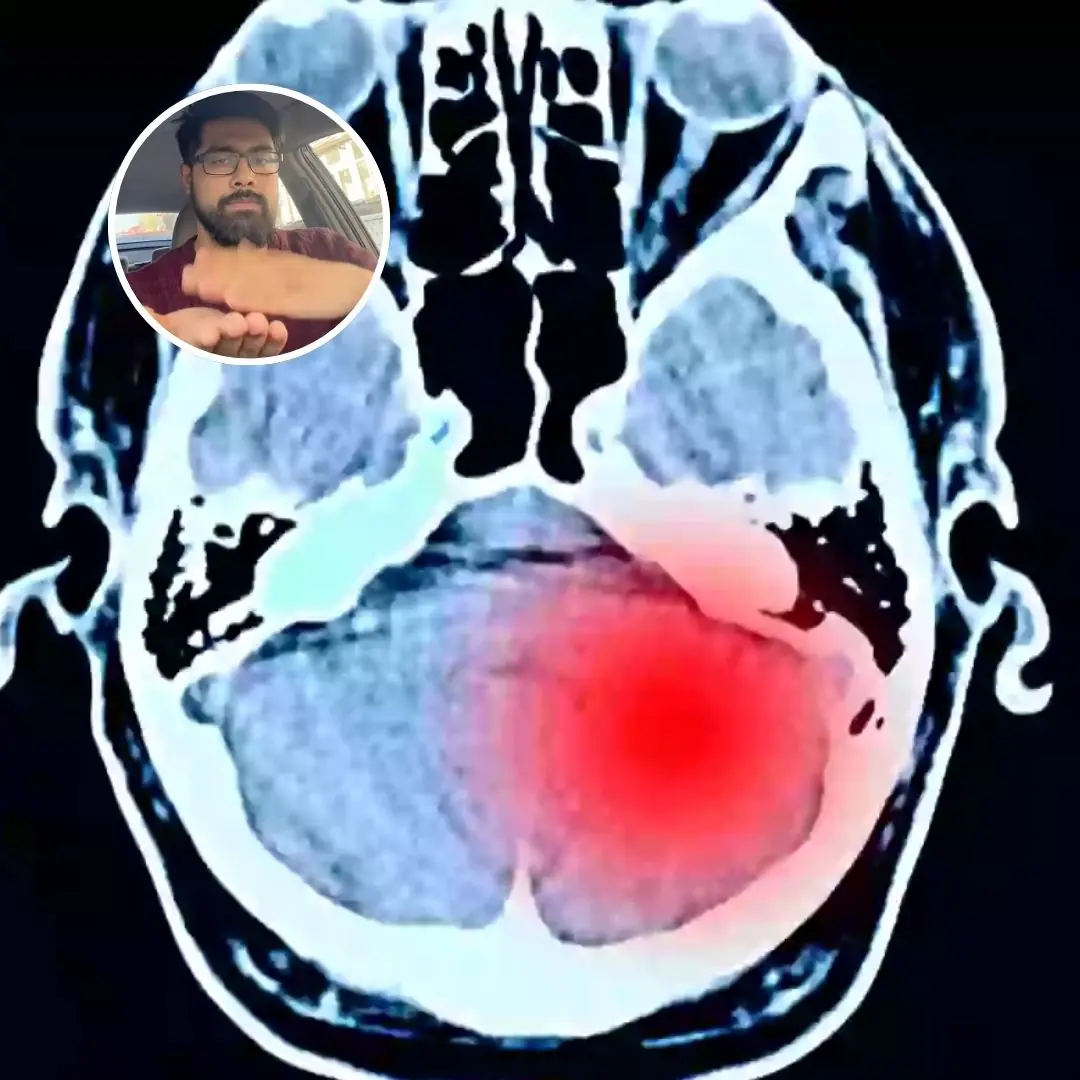
Medic demonstrates the 30-second hand test that could reveal if you have a hidden brain tumour

Tips to quickly get ants out of sugar jars

After 2 Weeks of Using Turmeric, the Body Undergoes Miraculous Changes: From Fighting Inflammation and Reversing Fatty Li.ver to Radiant Skin

Not All Eggs Are Equally Recommended by Experts — These Two Types Should Be Eaten in Moderation
